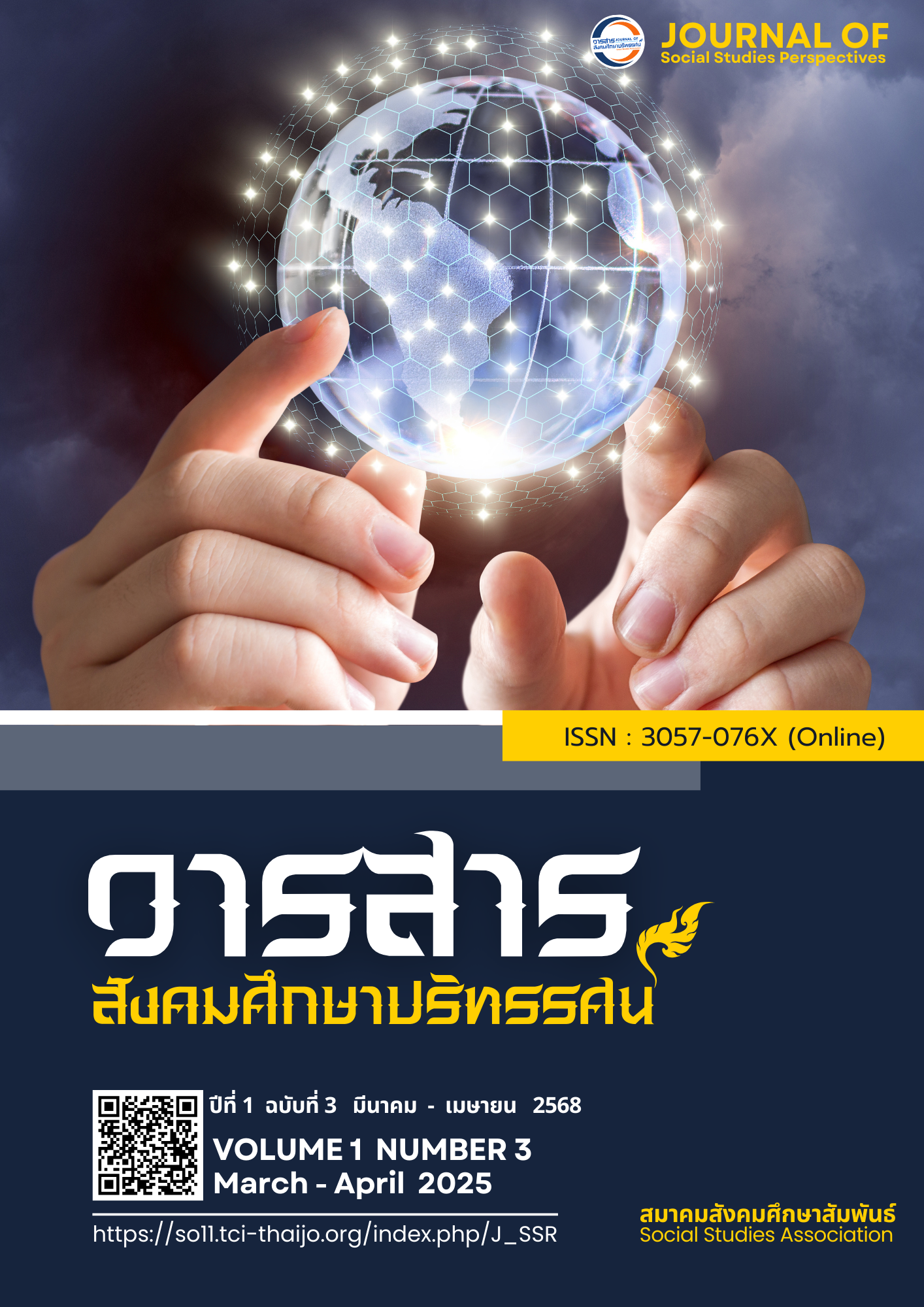BITDEFENDER SCAMIO INTELLIGENT TECHNOLOGY TO ENHANCE CYBERSECURITY FOR DIGITAL ERA LEARNERS
DOI:
https://doi.org/10.64186/jsp1284Keywords:
Intelligent Technology, Bitdefender Scamio, Cybersecurity, Digital Era LearnersAbstract
The Bitdefender Scamio intelligent technology is a program that can be applied to enhance cybersecurity for digital-era learners. This is especially important as internet usage has rapidly increased. Digital literacy, the safe use of information and communication technology (ICT), media awareness, and understanding the impacts of ICT on daily life, careers, and society are crucial. The rise of complex and diverse cyberattacks means internet users face the risk of being deceived through emails, messages, and various links. Bitdefender Scamio was developed to help detect online scams using artificial intelligence (AI). The goal is to enable users to submit suspicious content for analysis and receive results within seconds. Therefore, integrating this technology into teaching methods related to cybersecurity can serve as a case study for identifying and preventing potential threats from internet usage. Furthermore, Bitdefender Scamio helps detect threats and promotes responsible and ethical use of digital technology, aiming to ensure learners can safely learn and communicate online in a world full of cyber risks.
References
Diteeyon, W. (2024). Approaches for enhancing cyber security among learners. Academic Journal of Thailand
National Sports University, 16, 291-302.
Electronic Transactions Development Agency. (2021). CS101 Basics of Cyber Security. Retrieved December 2,
, from https://www.etda.or.th/th/Useful-Resource/Knowledge-Sharing/Articles/Cybersecurity-
aspx
Fasulo, P. (2021). What is the CIA trait? Definition, importance, & example. Retrieved December 2, 2024, from
https://securityscorecard.com/blog/what-is-the-cia-triad/
Hoanca, B., & Mock, K. J. (2020). Artificial intelligence-based cybercrime. In M. Khosrow-Pour (Ed.),
Encyclopedia of Criminal Activities and the Deep Web (2020, pp. 36-51).
Khurunun, K., & Saengthongdee, T. (2023). Guidelines for preventing cybercrime in Thailand. Journal of Legal
Entity Management and Local Innovation, 9(6), 180-190.
Mailmaster. (2024). Bitdefender (Antivirus Software). Retrieved December 2, 2024,
Na Pibul, A. (2023). The correlations between the concept of cybersecurity and the personal data protection
law. Nitipat NIDA Law Journal, 12, 84-107.
Novak, D. (2024). Bitdefender Scamio – Scam Detector (REVIEW). Retrieved December 2, 2024, from
https://www.linkedin.com/pulse/bitdefender-scamio-next-gen-ai-powered-scam-detector-chatbot-
novak-mf8fc
Office of the Basic Education Commission. (2023). Unhealthiness. Retrieved December 2, 2024, from
https://main.spmnonthaburi.go.th/wp-content/uploads/2024/04/ไซเบอร์.pdf
Pansuwan, C., & Chitsawang, S. (2023). Guidelines on corporate governance for responding to cybersecurity
threats in the digital age. Rajapark Journal, 17(53), 103-119.
Putwattana, P. (2021). Learning management for developing learners in the digital age. Journal of Learning
Innovation and Technology, 1(2), 1-10.
SOSECURE. (2024). Summary of 9 major cyber attacks in Thailand. Retrieved December 2, 2024, from
https://www.sosecure.co.th/en/activity/cyber-attack
SafetyDetectives. (2025). Bitdefender Review 2025: Is it a good antivirus? Retrieved January 2, 2025, from
https://th.safetydetectives.com/best-antivirus/bitdefender/
Thaihealth. (2024). Thaihealth collaborates with Chulalongkorn University's Faculty of Economics to delve
into online threats, revealing that 36 million Thais have been scammed, resulting in nearly 50 billion
baht in losses. Retrieved December 2, 2024, from https://www.thaihealth.or.th/?p=362488
Downloads
Published
How to Cite
Issue
Section
Categories
License
Copyright (c) 2025 Journal of social studies perspectives

This work is licensed under a Creative Commons Attribution-NonCommercial-NoDerivatives 4.0 International License.
The article is published under the Creative Commons Attribution-NonCommercial-NoDerivatives 4.0 International (CC BY-NC-ND 4.0) license, which allows others to share the article while giving appropriate credit to the author. It prohibits the use of the article for commercial purposes or the creation of derivative works. Any other reuse or reproduction requires permission from the journal.










